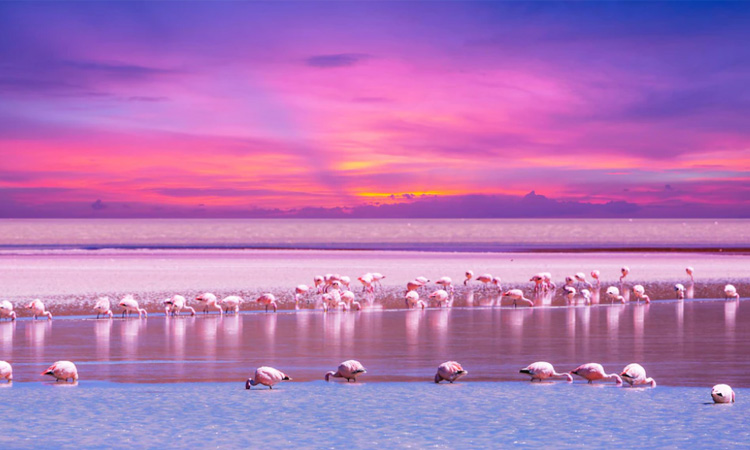Nature’s tapestry is woven with intricate patterns of interdependence and adaptability. One such pattern that has recently captured the attention of ecologists and environmentalists alike is the unexpected journey of flamingos, displaced by Hurricane Idalia. This phenomenon offers a unique lens through which to view the impacts of extreme weather events on wildlife and their subsequent responses.
The Majestic Flamingo:
Flamingos, with their elegant stature and vibrant plumage, are one of nature’s most iconic avian species. Native to parts of Africa, Asia, the Americas, and Europe, these birds are known for their distinct feeding habits, social behavior, and migratory patterns. Typically, flamingos migrate in response to changes in water levels and food availability, often traveling vast distances to find suitable habitats.
The Fury of Hurricane Idalia:
Hurricane Idalia, a formidable force of nature, wreaked havoc across parts of Mexico, causing widespread devastation. Hurricanes, with their powerful winds and torrential rains, have the capacity to disrupt ecosystems, alter landscapes, and displace wildlife. Idalia was no exception. Its path and intensity led to significant ecological disturbances, one of which was the displacement of flamingo populations native to the affected regions.
The Unexpected Journey:
Post Hurricane Idalia, ornithologists and bird enthusiasts reported sightings of flamingos in regions far from their typical habitats, including areas like Florida and Ohio. These displaced birds were believed to have been carried off course by the strong winds of the hurricane. Such long-distance, unintentional journeys are perilous for birds, exposing them to unfamiliar terrains, potential predators, and food scarcities.
Ecological Implications:
The displacement of flamingos due to Hurricane Idalia has several ecological implications:
- Altered Ecosystem Dynamics: The sudden introduction of flamingos into new ecosystems can alter the dynamics of these habitats. These birds could compete with native species for food and nesting sites, potentially leading to imbalances.
- Genetic Mixing: If these displaced flamingos integrate with other flamingo populations, it could lead to genetic mixing, influencing the genetic diversity and health of future generations.
- Predation and Survival: In unfamiliar territories, flamingos might face increased threats from predators, against which they might not have evolved defenses. Their survival in these new habitats remains uncertain.
The Bigger Picture: Climate Change and Wildlife:
The tale of the flamingos and Hurricane Idalia is not an isolated incident. With the increasing frequency and intensity of extreme weather events due to climate change, more wildlife species are likely to face similar challenges. Such events underscore the need for comprehensive wildlife conservation strategies that account for the unpredictability of climate-induced phenomena.
Conservation Measures:
To address the challenges faced by wildlife due to extreme weather events, several measures can be considered:
- Habitat Restoration: Efforts should be made to restore habitats destroyed by natural disasters, ensuring that displaced wildlife can return to their native regions.
- Wildlife Corridors: Establishing wildlife corridors can facilitate the safe movement of species across landscapes, especially when their typical migration routes are disrupted.
- Monitoring and Research: Continuous monitoring of affected wildlife populations can provide insights into their adaptation strategies, guiding future conservation efforts.
- Public Awareness: Raising public awareness about the impacts of extreme weather events on wildlife can garner support for conservation initiatives.
The journey of the flamingo’s post Hurricane Idalia is a testament to nature’s resilience and adaptability. However, it also serves as a poignant reminder of the challenges that wildlife face in an era of changing climate patterns. As stewards of the planet, it is our responsibility to understand, empathize, and act, ensuring that the symphony of life continues to play, even in the face of nature’s fiercest challenges.
Next On Your Reading List:


